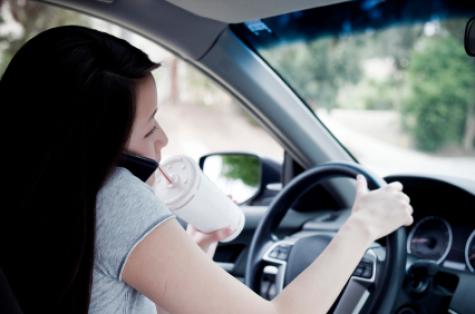Whenever I talk about texting and driving I tend to show my age.
Unfortunately, teens are particularly vulnerable in the car. Motor vehicle accidents are the number one killer of teens between 16 and 19 years of age. The reason is established: teens die most often in cars in part because teenagers are more dangerous and inexperienced on the road but also because they more prone, compared to experienced drivers, to making mistakes while driving when distracted.
Research suggests that almost half of teens who drive say they have texted while driving. What is particularly interesting (and potentially helpful) from the new data is that some groups of teens take more risks than others.
Here are five things I suggest parents can do to try to support teen drivers.
1. Talk to teens about distractions during driving
Texting is one distraction but so is a mobile phone, friends, or chaos amidst the car. Teens who tend to engage in riskier behaviour tend to feel that those behaviours are not as risky as teens who don’t take risks. You can potentially change a teen’s understanding here. Discuss the risk of riding without a seat belt and riding with a driver who has been drinking along with distractions.
2. Don’t just finger-wag
Explain that texting and driving involves three distractions
- visual (eyes are averted)
- manual (hands are preoccupied)
- cognitive (thinking about something else).
Together it makes for a risky combination. Explain why.
3. As an adult, practice what you preach
Can you honestly put up your hand and say you haven't used your mobile phone while driving? If so, take a bow. Unfortunately, I see too many mums and dads on the phone, generally feeling invincible in their 4WD and with kids in the front and back.
4. Teach teens to put their phone in a bag/backpack in the backseat of the car
I always tell teens that nearly no-one can ignore the buzz and the beep of an arriving message. Make it impossible to get into a bad habit and keep the phone out of reach. Data finds that educational approaches are largely ineffective at reducing teen risky behaviour. We have to work to also have things like ongoing minimum legal drinking age and graduated drivers licensing systems in place.
5. Have “house driving rules” and stick to the rules and consequences
There is evidence to support that household rules combined with parental involvement enforcing them can reduce risky teen driving behaviours and crashes.








 Agree (0)
Agree (0) Disagree (
Disagree (










__small.png)










